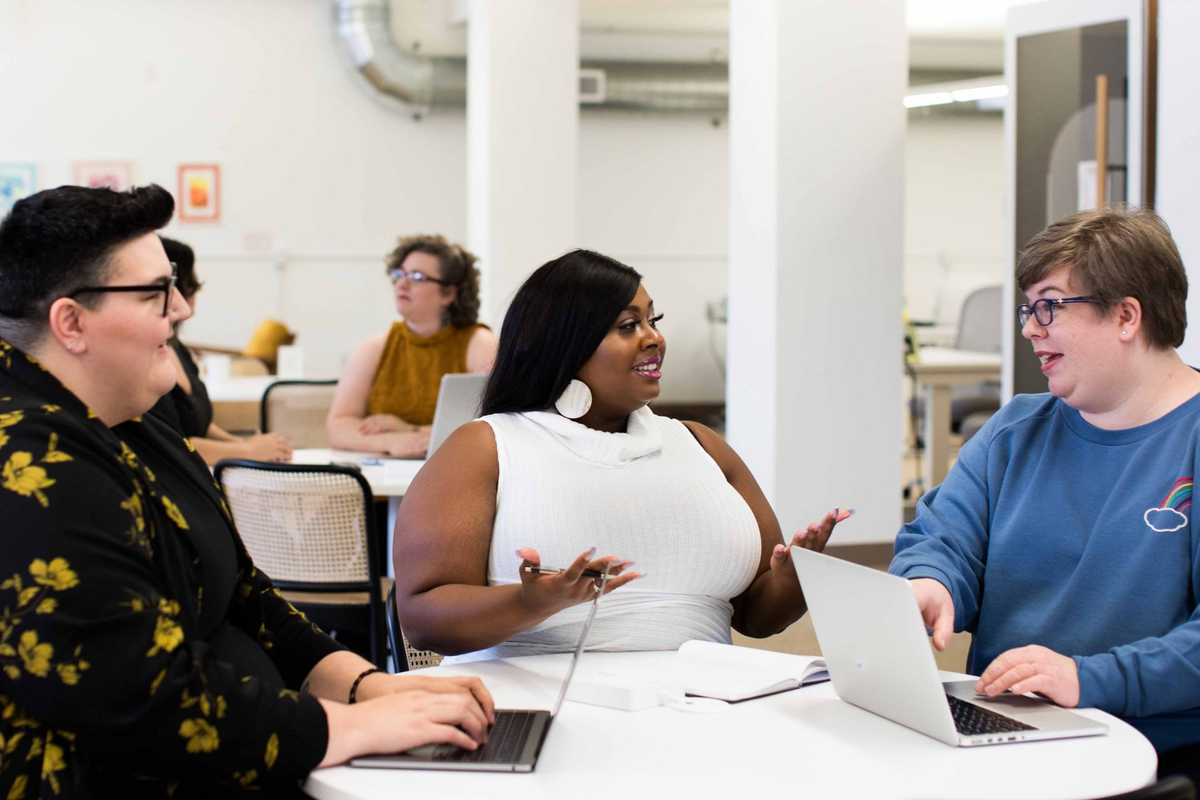Canada is known for its diversity and inclusive values, but for 2SLGBTQI+ individuals (Two-Spirit, Lesbian, Gay, Bisexual, Transgender, Queer, Intersex, and other identities) in the workplace, the journey towards true equality has not been easy.
Despite progress in laws and social acceptance, many members of the 2SLGBTQI+ community still face challenges at work. Understanding these experiences is key to creating workplaces that are supportive and respectful of everyone, regardless of their sexual orientation or gender identity.
Progress in Rights and Acceptance
Canada has made significant strides in terms of legal protections for 2SLGBTQI+ individuals. The country was one of the first to legalize same-sex marriage in 2005, and it has laws in place to protect people from discrimination based on sexual orientation and gender identity.
These laws, including the Canadian Human Rights Act, offer critical protections to help ensure that 2SLGBTQI+ people cannot be fired or mistreated simply because of who they are.
Socially, acceptance has also improved. In many areas of Canadian society, being 2SLGBTQI+ is seen as just another facet of human diversity. Pride events are celebrated in cities across the country, and more workplaces are actively supporting diversity and inclusion efforts.
However, even with these advancements, there are still many barriers for 2SLGBTQI+ individuals when it comes to their experiences in the workplace.
Discrimination in the Workplace
For many 2SLGBTQI+ individuals, discrimination at work remains a common issue. This discrimination can take many forms, from overt harassment to more subtle forms of exclusion.
Some 2SLGBTQI+ workers report feeling pressured to hide their identities at work to avoid negative reactions from colleagues or supervisors.
In a 2020 survey conducted by Pride at Work Canada, many 2SLGBTQI+ employees stated they had experienced or witnessed discrimination based on sexual orientation or gender identity.
Transgender individuals, in particular, face additional challenges, including difficulty accessing gender-appropriate bathrooms and facing disrespectful or invasive questions from colleagues. Despite Canada’s legal protections, this kind of discrimination can create a hostile work environment where individuals do not feel safe or respected.
Another common experience is the feeling of being passed over for promotions or important assignments because of one’s identity. Some 2SLGBTQI+ workers feel that their careers may be held back due to biases, whether unconscious or explicit, that exist within their workplaces.
The Importance of Inclusive Workplaces
One of the most important ways to improve the work experiences of 2SLGBTQI+ individuals is to create genuinely inclusive workplaces.
This goes beyond simply avoiding discrimination. It involves building an environment where everyone feels comfortable being their authentic selves.
In inclusive workplaces, 2SLGBTQI+ individuals are not just tolerated; they are actively supported. These environments are where diversity is celebrated as an asset, and all employees, regardless of their identity, have equal opportunities to grow and succeed. For 2SLGBTQI+ workers, this can mean the difference between feeling like they belong and feeling like they have to hide parts of themselves.
Some organizations in Canada have taken significant steps toward creating inclusive environments. They may offer diversity training, support employee resource groups, and ensure that their policies are explicitly inclusive of 2SLGBTQI+ employees.
Others have taken steps to review hiring practices to reduce unconscious bias, ensuring that 2SLGBTQI+ individuals have equal access to job opportunities and promotions.
The Role of Allies
Allies – people who are not part of the 2SLGBTQI+ community but actively support them – play a crucial role in creating inclusive workplaces. Allies can help by challenging discriminatory behaviors and standing up for their 2SLGBTQI+ colleagues.
This can be as simple as using inclusive language, such as someone’s preferred pronouns, or more active efforts, like advocating for diversity policies in the workplace.
When allies speak up, they can help create a culture where everyone feels supported. They can also help normalize the idea that diversity is something to be embraced, not feared.
Challenges for 2SLGBTQI+ Youth in the Workplace
Younger 2SLGBTQI+ workers, particularly those just entering the workforce, can face additional challenges. Many young people may still be figuring out their identities and may not yet feel comfortable being fully open at work.
These youth may also encounter workplaces where there is less understanding or acceptance of 2SLGBTQI+ issues.
In addition, many younger workers may face financial instability, making them more vulnerable to workplace discrimination. When you are just starting your career and may not have a safety net, it can feel especially risky to challenge discriminatory behaviors or advocate for yourself in the workplace.
Organizations that want to support young 2SLGBTQI+ employees can focus on creating mentorship programs, offering safe spaces for conversations, and providing resources that can help them navigate these challenges.
Moving Forward
While Canada has made important progress in ensuring that 2SLGBTQI+ individuals have the same legal rights as everyone else, there is still much work to be done to ensure true equality in the workplace.
Discrimination, bias, and exclusion continue to affect the daily lives of many 2SLGBTQI+ workers.
Building truly inclusive workplaces requires commitment from both employers and employees. Organizations must be willing to put in the work to create environments where all people, regardless of their identity, feel safe, respected, and valued. At the same time, allies and advocates can help by supporting their 2SLGBTQI+ colleagues and pushing for greater acceptance and understanding.
By continuing to address these issues, we can work towards a future where all Canadians, including 2SLGBTQI+ individuals, can thrive in their careers and contribute to society without fear of discrimination or exclusion.

